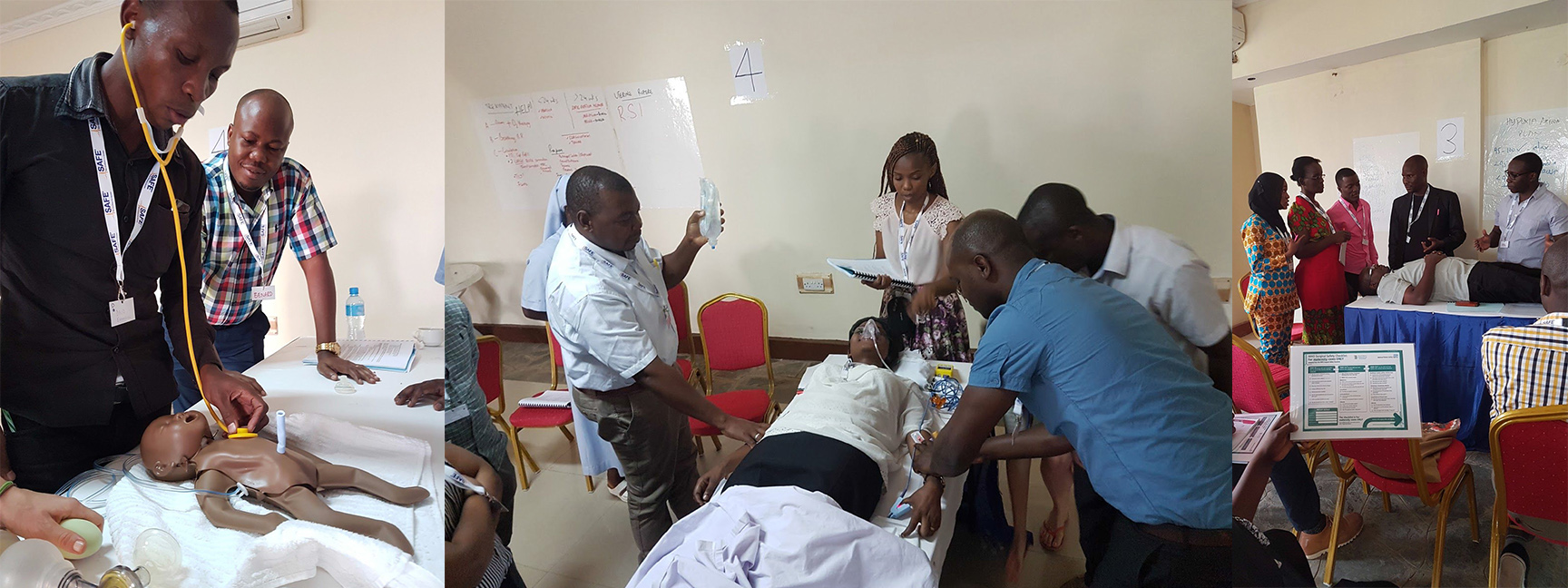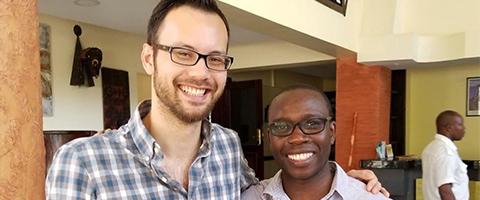Imagine receiving about two years of anesthesia training, and then being asked to be the only anesthetic provider in your hospital, in a country where maternal mortality is 22x higher than in the US. Completely overwhelming. So when I was asked if I would help teach a course on fundamental obstetric anesthesia principles to these providers, of course I wanted to help.
Over four days, anesthesiologists from across Europe, North America, and East Africa met in Mwanza, Tanzania, to teach as faculty on the SAFE (Safer Anesthesia from Education) course. This course was focused on Obstetrical anesthesia (SAFE-OB), but a pediatric focused implementation also exists.

The three-day course was taught to over 40 nurse anesthetists, who often work as the sole anesthesia provider in a rural area. SAFE-OB has been run in dozens of countries, reaching hundreds of providers, and aims to teach standardized, high-yield, locally relevant content. For some providers, this was the first educational opportunity they had since entering practice.
We presented fundamental lectures on management of postpartum hemorrhage, small group discussions on the relative merits of spinal vs general anesthesia in pre-eclamptics, and hands on sessions with airway skills, maternal cardiac arrest, and neonatal resuscitation.
On day one, before the anesthetic officers arrived, we ran a one-day Train of Trainers (TOT) course for Tanzanian physician anesthesia faculty and residents. This course was designed to impart the fundamentals of how to teach a SAFE course - so that when the international faculty left, these physicians would be equipped to run further iterations of the course.
SAFE-OB was an eye opening experience. It was clear that there was value in the medical knowledge we were imparting - but just as much value in fostering the sense of community in these anesthesia providers, and a sense of confidence in their own knowledge and skills.
After an exhausting week and a (memorable) post-course celebration, the international faculty left, as we must, back to our homes across continents. But the nurse anesthetists we trained went back to their posts, armed with skills and resources, and the local physicians prepared to train more in the future. Now that is a durable contribution worth being proud of.
